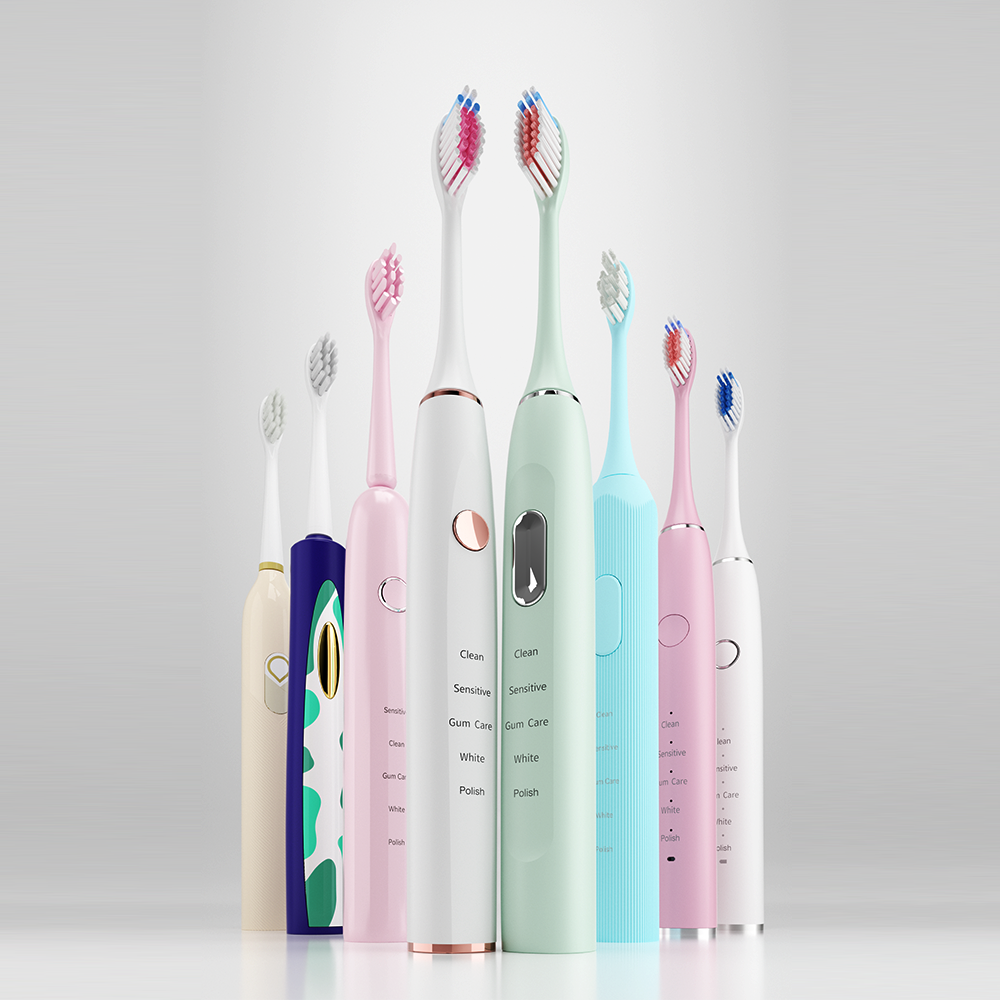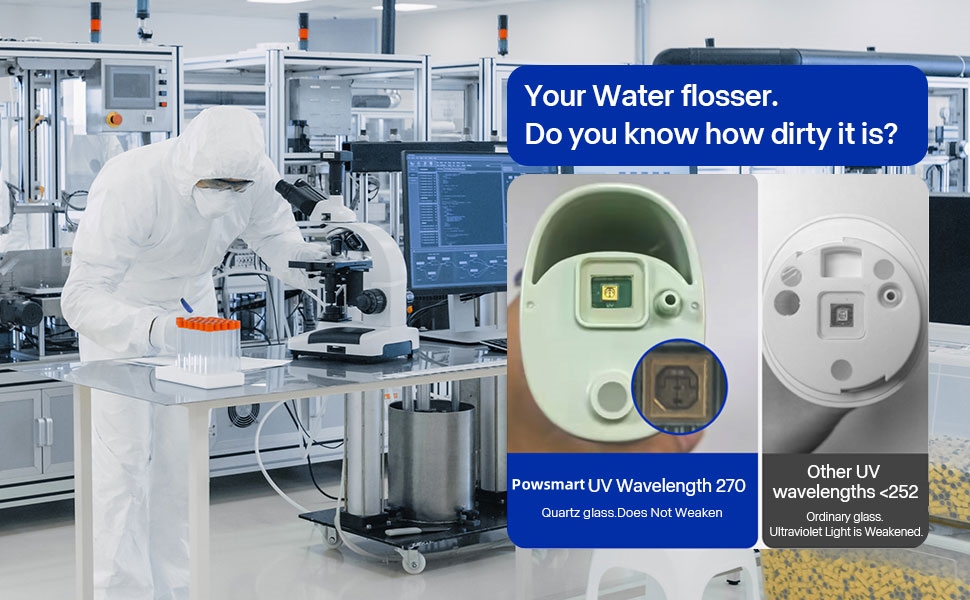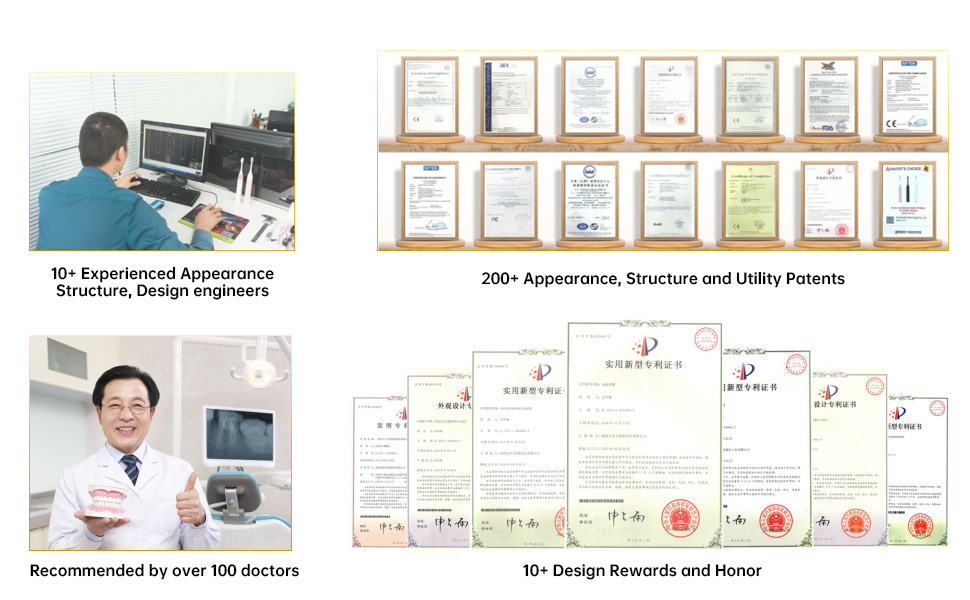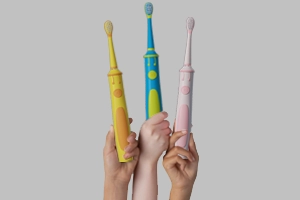In the professional oral care industry, whitening rebound—where teeth quickly lose their brightness after treatment—has become a persistent product quality concern. Surprisingly, internal analysis indicates that gel crystallization during storage or application may be a hidden but critical cause behind this rebound phenomenon. Is whitening rebound driven by gel crystallization truly preventable? Let’s explore the technical mechanisms and manufacturing solutions in detail.
Whitening rebound refers to the rapid return of discoloration or dullness shortly after a whitening procedure. Typical symptoms include:
Root causes extend beyond lifestyle habits (e.g., coffee or smoking) to deeper issues in gel efficacy and delivery.
Gel crystallization occurs when whitening gels, particularly those based on carbamide or hydrogen peroxide, undergo:
When applied, crystallized gels:
This poor diffusion leads to superficial whitening that fades rapidly—directly contributing to whitening rebound. Company web:https://www.powsmart.com/product/electric-toothbrush/
The chain reaction is as follows:
In short, a visually perfect gel may underperform due to invisible internal crystallization.
To avoid gel crystallization and its downstream effects:
These controls help preserve gel fluidity, ensuring consistent release and uniform whitening action.
Besides formulation, whitening device manufacturers should:
By addressing application mechanics, manufacturers further protect whitening integrity.
Preventing whitening rebound through anti-crystallization control offers:
Safety and effectiveness converge when gel formulation and delivery are optimized.
Is whitening rebound driven by gel crystallization preventable? The answer is clear: yes, through integrated formulation, production, and device design solutions. By controlling crystallization risks at every stage, B2B manufacturers can significantly reduce rebound complaints, enhancing both product quality and brand credibility in the competitive whitening segment. Contact us
.jpg)
.jpg)

Innovative technology and development trend of electric toothbrushes
Is Button Malfunction Causing Uneven Bristles Disaster?
Electric Toothbrush with Tongue Cleaner Wholesale | Bulk OEM for Oral Hygiene Enhancements

Private Label Water Flossers: Everything You Need to Know

Family Electric Toothbrush Set – Shared Charging Base for Cost Savings

How can a built-in smart timer cultivate the good habit of brushing for a full 2 minutes each time?
.jpg)
Why Partner with Electric Toothbrush for Braces Suppliers and Kids Electric Toothbrush Manufacturer?

Electric Toothbrush Manufacturing Under the Environmental Trend: Biodegradable Materials and Green Production

Flexible OEM Solutions: Choosing the Right Electric Toothbrush Supplier for Your Brand
Does a Water Flosser Require Regular Maintenance? How Should It Be Cleaned?
Are Firmware update failures Linked to False Advertising Claims?
-1.jpg)
Children’s Electric Toothbrush OEM – Safe and Fun Texas Manufacturing
Water Flosser with UV Sanitizer ODM | Smart Oral Care Solutions
Can Charging Overheat Worsen Joint Leakage?

Anti-Swallow Design in Kids’ Electric Toothbrushes – Custom Manufacturing

How to Evaluate an Electric Toothbrush Factory’s Comprehensive Capabilities

Electric toothbrush heads Charcoal Infused-Diamond

electric toothbrush heads Charcoal Infuse-Round

electric toothbrush heads Ultra Soft

Private Label Whitening Gel

electric toothbrush heads Regular Clean

electric toothbrush heads Deep Clean

Customization Teeth Whitening Gel
.jpg)
Florida Electric Toothbrush – Powsmart PTR-C8
whstapp
whstapp
National Toll-Free Service Hotline
+86 755 86238638